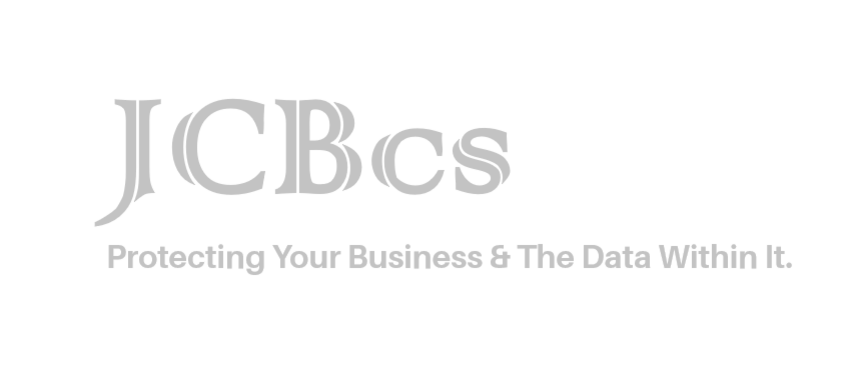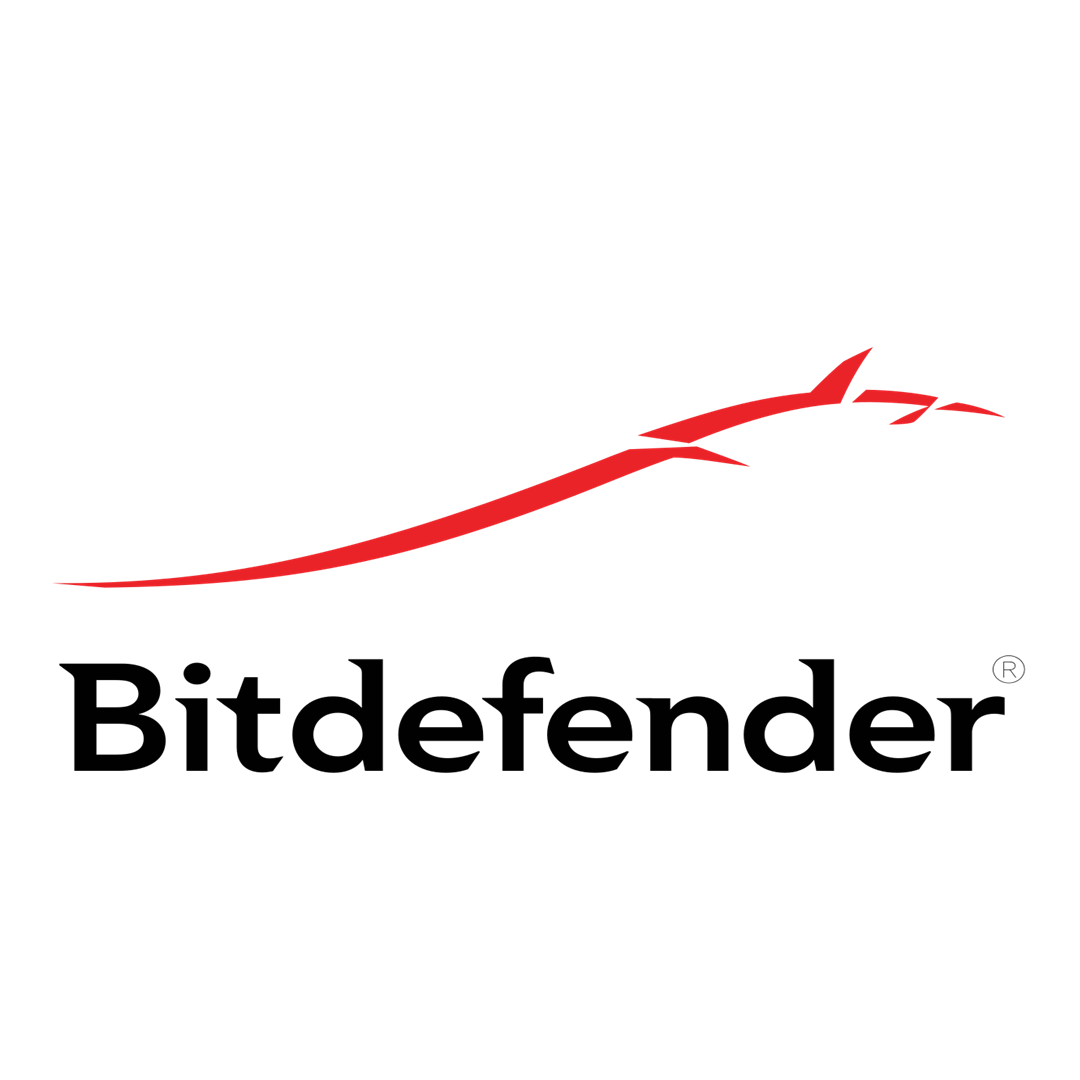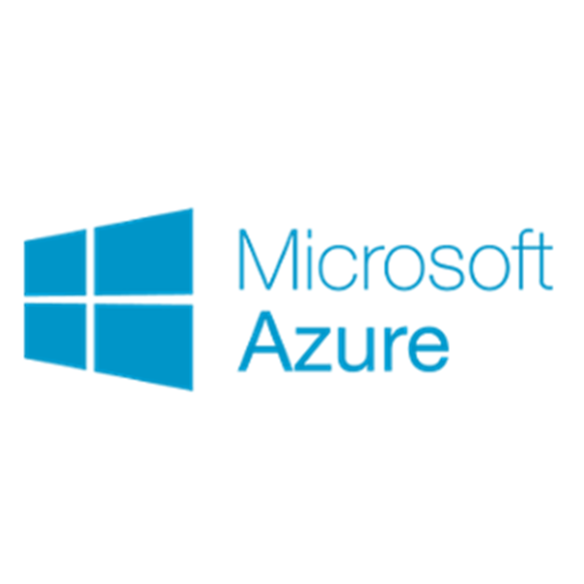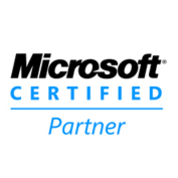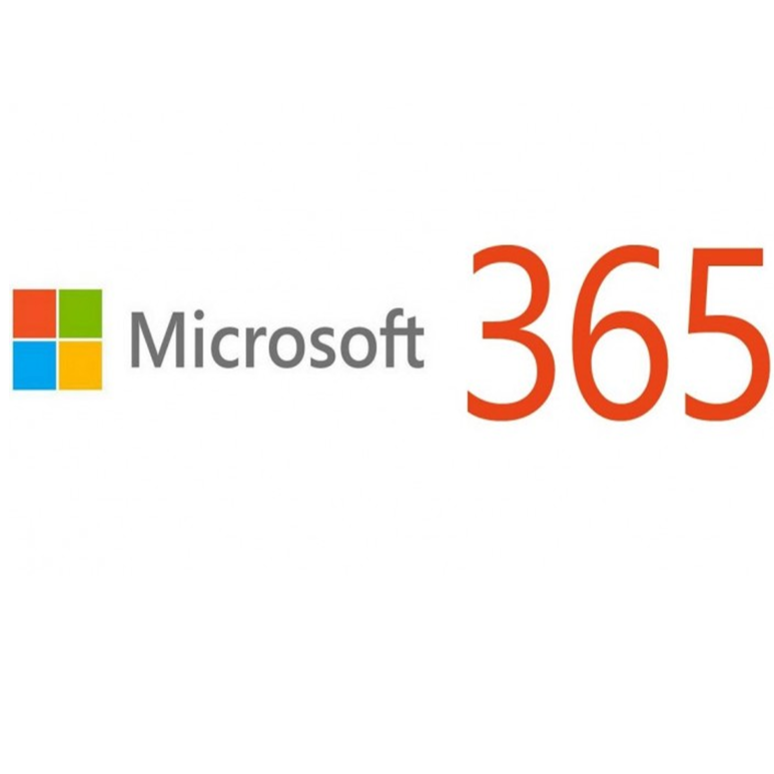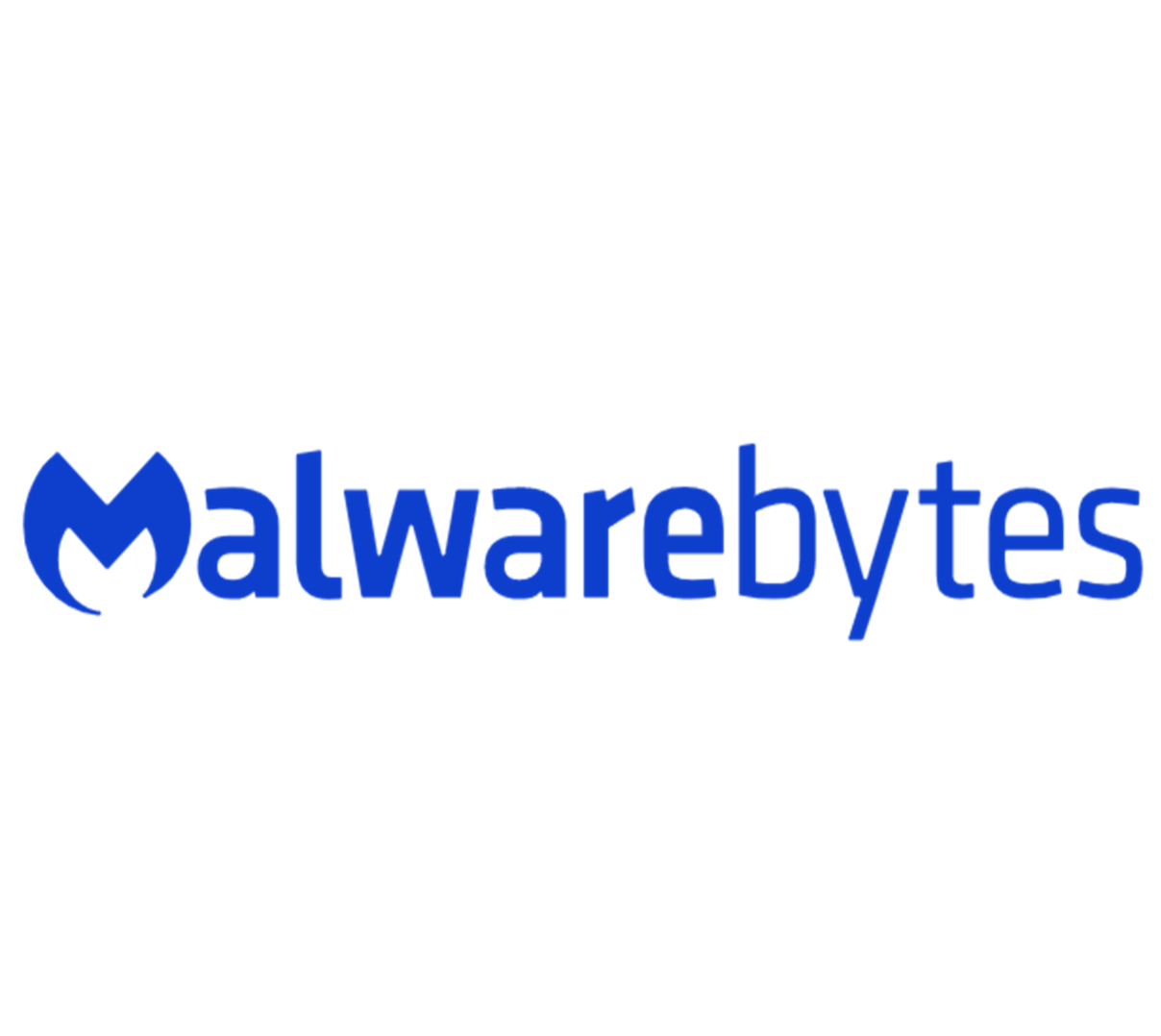Why Public WiFi isn't safe!
Posted on 12th June 2019 at 11:59

What is public Wi-Fi?
Public Wi-Fi can now be found everywhere airports, coffee shops, shopping malls, restaurants, and hotels, allowing you to access the Internet for free.
As these “hotspots” are so common we can connect without even thinking twice, unfortunately although it sounds harmless to log on and check your social media, browse some news articles, login to your e-mail or check your bank account, these could be risky business on public Wi-Fi.
What are the risks?
The problem is that public Wi-Fi is by definition public and while the business owners/venues may believe they’re offering a valuable service to their customers, the chances are the security on these networks is lax or non-existent.
Man-in-the-Middle attacks
One of the most common threats on these networks is called a Man-in-the-Middle (MitM) attack.
In very simple terms, a MitM attack is a form of eavesdropping, when the user makes a connection to the Internet, data is sent from them (User) to (Web App) vulnerabilities can allow an attacker to get in between these transmissions and (Read) them, making anything you do no longer private.

Unencrypted networks
Encryption in very simple terms means that the information that is sent between your computer and the wireless router is “scrambled” using a “Secret Code” so that it cannot be read by anyone who doesn’t have the key to decipher the code.
Unfortunately most routers don’t have encryption turned on by default, so unless it was turned on when the network was set up, then chances are that the encryption has not been enabled.
Malware distribution
Your computer hardware, operating system or software from time to time will have software vulnerabilities/weaknesses which have be discovered by the appropriate vendor, they will produce a “Patch” updates to their device/software, which would remove the vulnerability.
If you do not apply these updates Hackers can exploit the weakness in the hardware, operating system or software allowing them to write code to target that specific vulnerability, and then inject the malware onto your device, which could be disastrous.
Snooping and sniffing
This is exactly what it sounds like, Cyber Criminals can buy special software kits/devices to help them “Snoop and Sniff” eavesdrop on Wi-Fi signals.
This will allow them to access everything that you are doing online
From viewing whole webpages you have visited.
Capturing your login credentials.
Hijacking your accounts.
Malicious hotspots - Impersonation
These “Rogue HotSpots” trick victims into connecting to what they think is a legitimate network because the name sounds/looks the same and appears reputable.
You want to connect to the HotSpot called JCBcs, however a rogue hotspot is set up called JCBSC, as we don’t really pay much attention when we go onto WIFI HotSpots and the change is subtle, we are likely to connect to the “Rogue HotSpot” allowing the Cyber Criminals to view your sensitive information.

How to stay safe on public Wi-Fi
The best way to know your information is safe while using public WIFI is to use a Virtual Private Network (VPN) securing your connection to the internet. However if you must use public WIFI, follow these tips to protect your information.
Don’t:
Auto connect to WIFI networks.
Log into any account via an app that contains sensitive information, check the website and verify it secure using HTTPS before logging in.
Leave your WIFI or Bluetooth on if you are not using them.
Access sensitive websites like banking or medical.
Log onto a network that isn’t password protected
Do:
Disable file sharing
Only visit secure sites that are HTTPS.
Always Log out of accounts when you finish using them
Use a VPN.
Share this post:
